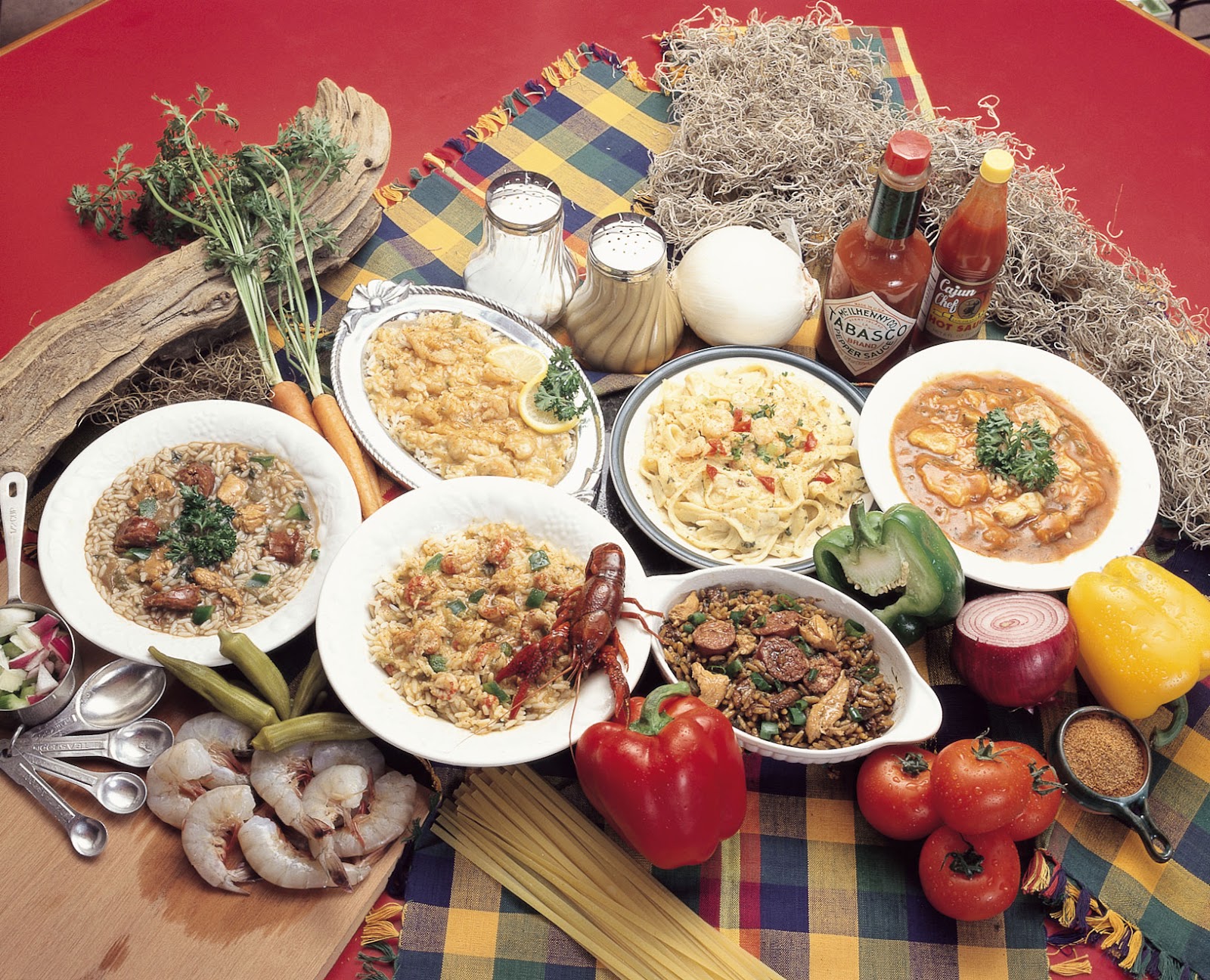Exploring The Rich Flavors Of New Orleans Creole Cookery
New Orleans Creole cookery is a tantalizing blend of flavors, traditions, and cultures that have shaped the culinary landscape of this vibrant city. With its roots steeped in French, Spanish, African, and Caribbean influences, Creole cuisine offers a unique dining experience that is both rich and diverse. Whether you're savoring a bowl of gumbo or indulging in a slice of king cake, the dishes from New Orleans Creole cookery tell a story of history, community, and passion for food.
In New Orleans, food is more than sustenance; it is a celebration of life, a way to connect with loved ones, and an expression of cultural heritage. The essence of Creole cooking lies in its use of fresh, locally sourced ingredients, bold spices, and time-honored techniques passed down through generations. This culinary art form continues to evolve, incorporating new influences while remaining steadfast in its traditions.
As we dive deeper into the world of New Orleans Creole cookery, we will explore its origins, signature dishes, and the vibrant culture that surrounds it. So, prepare your taste buds for an unforgettable journey through one of the most flavorful cuisines in the world!
What is the Origin of New Orleans Creole Cookery?
The origin of New Orleans Creole cookery can be traced back to the melting pot of cultures that define the city. It is a fusion of various culinary traditions, including African, French, Spanish, and Native American influences. This rich history has led to the development of unique cooking techniques and flavors that are characteristic of Creole cuisine.
How Did Historical Events Shape Creole Cuisine?
Historical events such as the Louisiana Purchase, the influx of immigrants, and the African slave trade greatly impacted the evolution of New Orleans Creole cookery. Each wave of new settlers brought their own culinary traditions, which blended with the existing ones to create the distinctive flavors we enjoy today.
What Are Some Signature Dishes of New Orleans Creole Cookery?
- Gumbo: A hearty stew made with a variety of meats, seafood, and vegetables, thickened with a dark roux.
- Jambalaya: A one-pot dish featuring rice, meat, vegetables, and a blend of spices.
- Etouffee: A dish made with a flavorful roux, served over rice, typically featuring shrimp or crawfish.
- Beignets: Delicious deep-fried pastries dusted with powdered sugar, often enjoyed with coffee.
What Ingredients are Essential in New Orleans Creole Cookery?
The flavors of New Orleans Creole cookery are built upon a foundation of fresh, flavorful ingredients. Essential components include:
- Holy Trinity: A mixture of onions, bell peppers, and celery that forms the base for many dishes.
- Spices: A mix of cayenne pepper, paprika, thyme, and bay leaves adds depth to the flavors.
- Seafood: Fresh shrimp, crab, and fish are staples in many Creole dishes.
- Meats: Sausage, chicken, and duck are commonly used to enhance the heartiness of meals.
How is New Orleans Creole Cookery Different from Cajun Cuisine?
While New Orleans Creole cookery and Cajun cuisine share some similarities, they are distinct from one another. Creole cuisine is often characterized by its use of tomatoes, cream, and a wider variety of ingredients, whereas Cajun cuisine tends to focus on rustic, hearty dishes made with locally available ingredients. Both styles, however, celebrate the rich culinary heritage of Louisiana.
What Role Does Community Play in New Orleans Creole Cookery?
Community is at the heart of New Orleans Creole cookery. Food brings people together, whether it's a family gathering, a neighborhood cook-off, or a festive celebration. The act of cooking and sharing meals fosters connections and strengthens the bonds between friends and family, making Creole cuisine a vital part of the cultural fabric of New Orleans.
How Can You Experience New Orleans Creole Cookery?
For those eager to immerse themselves in the world of New Orleans Creole cookery, there are several ways to do so:
- Visit local restaurants and eateries known for their authentic Creole dishes.
- Take a cooking class to learn the techniques and secrets behind traditional recipes.
- Attend food festivals and events celebrating the cuisine and culture of New Orleans.
- Explore the vibrant markets for fresh produce and spices to recreate dishes at home.
In conclusion, New Orleans Creole cookery is a fascinating exploration of culinary heritage, vibrant flavors, and community spirit. By embracing its rich history and signature dishes, you can experience the heart of New Orleans in every bite.
```
Unveiling The Allure: Rhonda Rousey Nude And Beyond
Lola And The Boys: A Journey Of Friendship And Adventure
Experience The Fusion Of Taste And Tradition At Farzi Cafe


